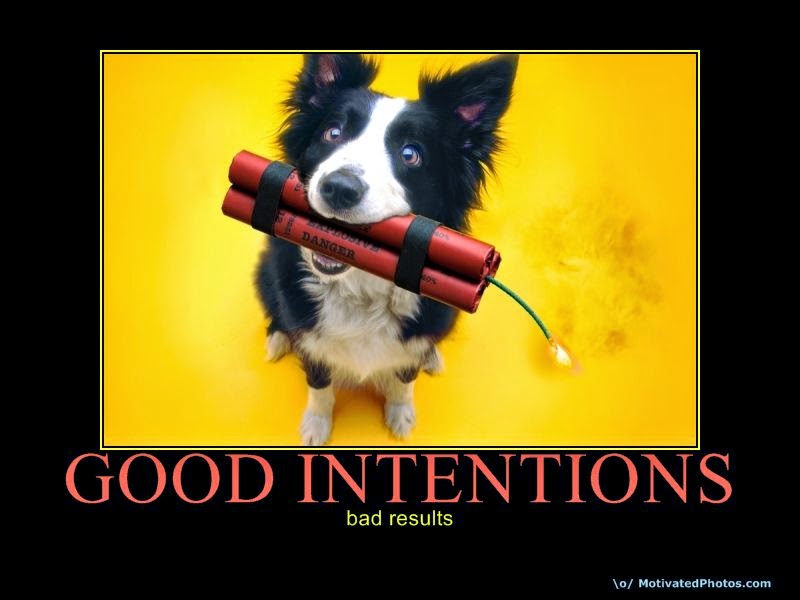Caro Eduardo, "Never blame your predecessor", faz-lhe lembrar alguma coisa?
"A 10-year longitudinal study on executive transitions that my organization conducted found that more than 50% of executives who inherit a mess fail within their first 18 months on the job. We also uncovered numerous landmines for leaders in this situation. And, with the best of intentions, my client was about to step on a number of them. When a leader inherits a mess created by others, especially when arriving as an outsider, the situation can feel fragile and knowing where to begin the long journey of change can feel precarious. Based on our research and my experience, there are six things the most effective leaders do to avoid failing in a new role.Trechos retirados de "Leading Effectively When You Inherit a Mess"
.
Resist the temptation to emotionally distance yourself. Difficult and unfamiliar circumstances can make leaders feel vulnerable. To combat their anxiety, they actively avoid being implicated in the mess in subtle but damaging ways. Four weeks after my client’s arrival, I noticed a distinctive pattern in her language. When referring to the significant challenges of her new organization, she consistently spoke in third-person references — they, them, those people. And when speaking about possible changes that needed to be made, she spoke only in first-person language: I will, I don’t.
...
Never blame your predecessor. It’s a natural temptation to blame the past regime when entering organizations in disarray. In one meeting, my client’s frustration got the best of her, and while looking over the past quarter’s budget, she blurted out, “What on earth was he thinking?” Well, since “he” isn’t there anymore, everyone else in the room was implicated by proxy. Nobody knows better about the mess they are in than the people in it, much less about how it came to be. You are better off simply making no references to decisions or actions taken prior to your arrival. Your best response when being baited to blame those that came before you is simply, “We can’t change what happened then, but we can change what we do going forward.” People appreciate when you take the high road.
...
Minimize references to past successes. Absent any substantial experience in your new environment, the likely place to reference your track record is past successes. Chances are that you were hired into the role because you had relevant experiences. But talking about those experiences doesn’t help you leverage the wisdom from them.
...
Test the reliability of your data. While unvarnished data can be hard to come by when facing harsh headwinds, it’s even harder to come by when everyone wants to appear innocent and important.
...
Be transparent about how you will make changes. There are lots of rules about how fast an entering leader should make changes and how big they should be. Some suggest waiting 90 days, even up to a year, to learn the organization before upending anything. Some say clean house on day one. The speed of change will depend on your particular situation and what the business can tolerate. If immediate change is needed, make it. If you aren’t sure, then investigate and diagnose before you make your moves. My client’s thoughtful approach served her well in this regard. She was very transparent up front about how she would assess the organization, how she would approach making changes, and in what time frame. Her “leading out loud” allowed others not to wait in dread and also not to remain in denial. My client’s approach was to start with small wins championed by people in her organization."
















